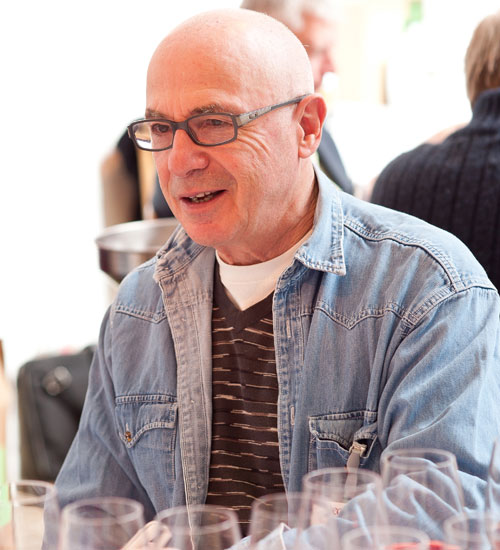Hear from our Canada Regional Chair Tony Aspler on which wines to buy, which wines to leave on the shelf and what to keep an eye on from this year's Decanter World Wine Awards....
What happened to the dry Rieslings? Of the 258 Canadian entries to the DWWA this year there wasn’t a single one, even though this category (after icewine) is Ontario’s strongest suit. The off-dry Riesling flight, meanwhile, was described by one judge as ‘brutal’. Also missing in action was Gamay. Unlike last year, Chardonnays from Ontario and British Columbia delighted the panel, as did Vidal icewines. By contrast, red icewine (generally more expensive than Vidal or Riesling) disappointed. The consensus for reds was: ‘Take the oak out of Okanagan.’ And that goes for Niagara too, although Sauvignon Blanc entries with a touch of oak were more enjoyable than those without.
What should we buy from here?
There’s a 40-hour drive between Ontario’s Niagara region and British Columbia’s Okanagan Valley, so expect vintage variation as well as stylistic differences. Ontario Chardonnays tend to be more Burgundian and BC’s more Californian in profile; choose depending on your palate preference. The same holds true for Syrah, which showed surprisingly well from both regions. For Bordeaux grapes, blends offer more consistent quality than varietals and that goes for Sauvignon-Semillon blends as well (note these are called Meritage). Canada is beginning to produce some admirable sparkling wines made by the traditional method, and sparkling Vidal icewine, though costly, is worth the splurge.
What should we leave on the shelf?
The 2011 vintage was cool and wet in Ontario, resulting in dilute, tannic reds over-compensated with oak (apart from Pinot Noir, which showed well). British Columbian reds are more concentrated but again showed too much oak, so choose 2012s over 2011s. Pinot Gris/Grigio and Pinot Blanc are overly commercial with lots of residual sugar that masks deficiencies but leaves the wines without energy and balance. Aromatic whites, especially Viognier and Gewürztraminer, lacked focus and varietal character. Sadly, too many off-dry Rieslings tasted of browning apple puree.
What should we keep an eye on?
Prince Edward County (PEC), a small island in Lake Ontario, has emerged as an excellent region for Chardonnay, Pinot Noir and sparkling wine. Cooler than the Niagara Peninsula (they bury their vines in winter), PEC’s wines have minerality and bracing acidity. Syrah from both British Columbia and Ontario continues to improve as the vines get older. In BC, the Similkameen Valley, at the southern end of the Okanagan, is the region to make a mental note of for Chardonnay and Riesling.
Written by Decanter







